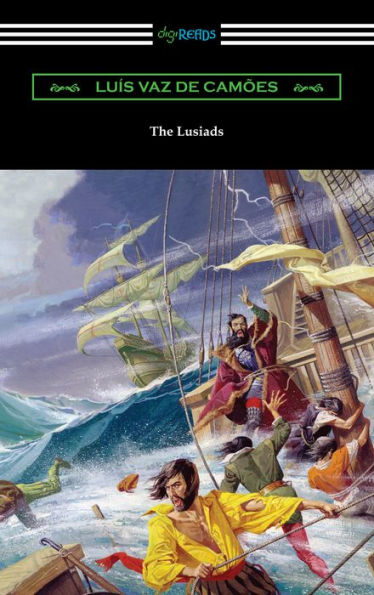At the centre of The Lusiads is Vasco da Gama's pioneer voyage via southern Africa to India in 1497-8. Camoes was the first European artist to cross the equator, and his narrative reflects the novelty and fascination of that original encounter with Africa, India, and the Far East. The poem's twin symbols are the Cross and the Astrolabe, its celebration of a turning-point in mankind's knowledge of the world uniting the old map of the heavens with the newly discovered terrain on earth. Yet it speaks powerfully, too, of the precariousness of power, and of the rise and decline of nationhood, threatened not only from without by enemies, but from within by loss of integrity and vision. Winner of the Teixeira-Gomes Prize for translation 1998
1100193441
The Lusiads
At the centre of The Lusiads is Vasco da Gama's pioneer voyage via southern Africa to India in 1497-8. Camoes was the first European artist to cross the equator, and his narrative reflects the novelty and fascination of that original encounter with Africa, India, and the Far East. The poem's twin symbols are the Cross and the Astrolabe, its celebration of a turning-point in mankind's knowledge of the world uniting the old map of the heavens with the newly discovered terrain on earth. Yet it speaks powerfully, too, of the precariousness of power, and of the rise and decline of nationhood, threatened not only from without by enemies, but from within by loss of integrity and vision. Winner of the Teixeira-Gomes Prize for translation 1998
9.99
In Stock
5
1

The Lusiads

The Lusiads
Related collections and offers
9.99
In Stock

Product Details
| ISBN-13: | 9781420979589 |
|---|---|
| Publisher: | Digireads.com Publishing |
| Publication date: | 12/11/2021 |
| Sold by: | Barnes & Noble |
| Format: | eBook |
| File size: | 3 MB |
About the Author
From the B&N Reads Blog
